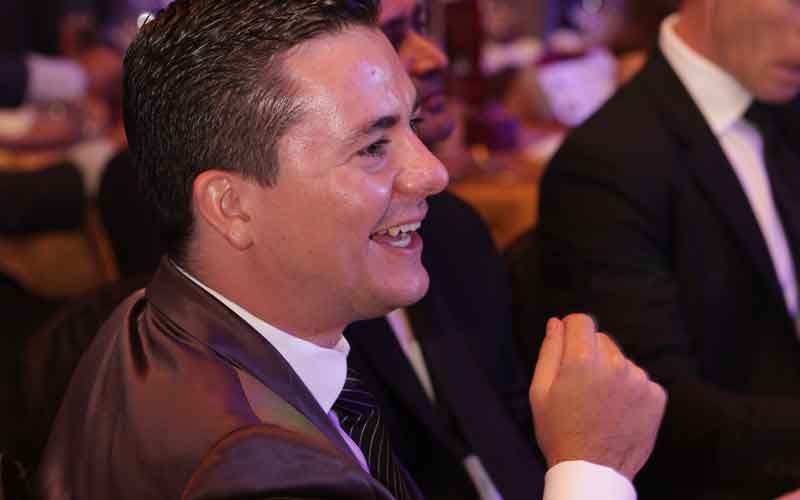It almost feels like the themes in this issue of Caterer Middle East mirror my experiences and learnings over the past year. In the last 12-15 months, I discovered what local ingredients meant, realised I loved Thai food, found out that I shouldn't be using desalinated water in my cooking, and rekindled my relationship with seafood.
When I used to visit grocery stores to pick up tomatoes, cucumbers, meat and what-have-you, I never really paid attention to where they came from until last year. I have now visited quite a few farmers’ markets in Dubai and walked away with boxes of green leafy vegetables and more.
I discovered the existence of such markets in the UK. My first experience was in Sheffield in 2009 where the town centre was set up with stalls, and French and Italian cheeses were displayed amidst local produce. And in London, the Borough market is a wonderful event.

| Advertisement |
I still remember on my first visit sampling ice cream made from goat’s milk from Essex, which I thought was a quirky way to do something different with a pretty basic dessert like ice cream.
Something like that is already happening in this region where camel milk is used to create chocolates, coffee and ice cream. Camel meat is also used to create burgers and sausages.
In the Karama and Ras Al Khor Fruit & Vegetable markets, you can, more often than not, find items from GCC countries or India. And a good point was made by Silvena Rowe in the Burning Issue on sourcing ingredients (pg28): sometimes that’s as local as it gets.
The question is, if consumers have access to these regional options on a retail level, isn’t it time this avenue was fully explored and utilised by restaurants as well?
Admittedly there’s the issue of procuring consistently good quality ingredients all year round and finding reliable suppliers to work with. This is not made easy with hotter months tending to pause growing seasons.
Chefs therefore have the unenviable task of balancing costs, quality and availability, and it’s not a walk in the park. Cuisine plays a factor too; you can’t expect Taiwanese restaurants for example to stay authentic to its traditional foods without importing certain ingredients.
But some substitute ingredients can definitely be found; this approach is one that celeb chef Richard Sandoval told Caterer Middle East he implements with his brands across the world where, if possible, he uses local substitutes for ingredients like cheeses and chillis.
So if some chefs can do it, why not everyone?
Devina Divecha. Editor
Email: devina.divecha@itp.com










 Search our database of more than 2,700 industry companies
Search our database of more than 2,700 industry companies









